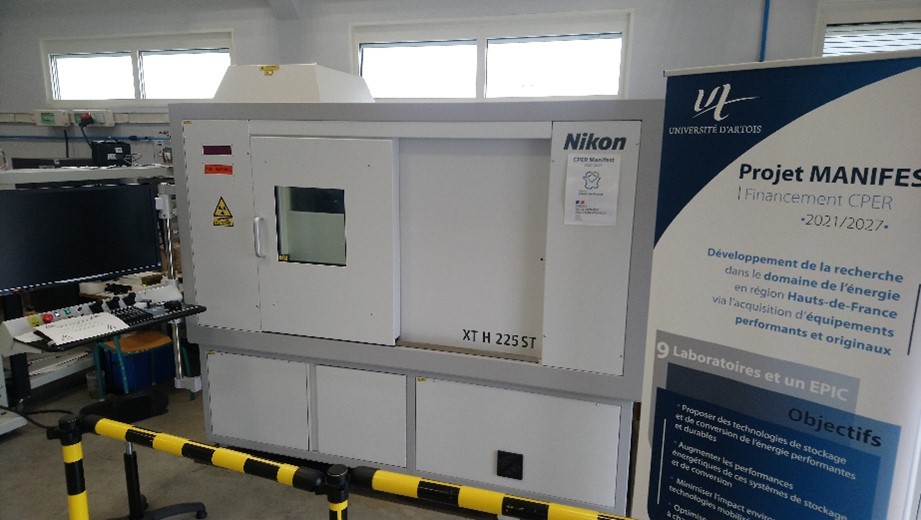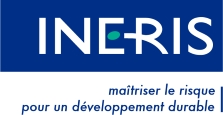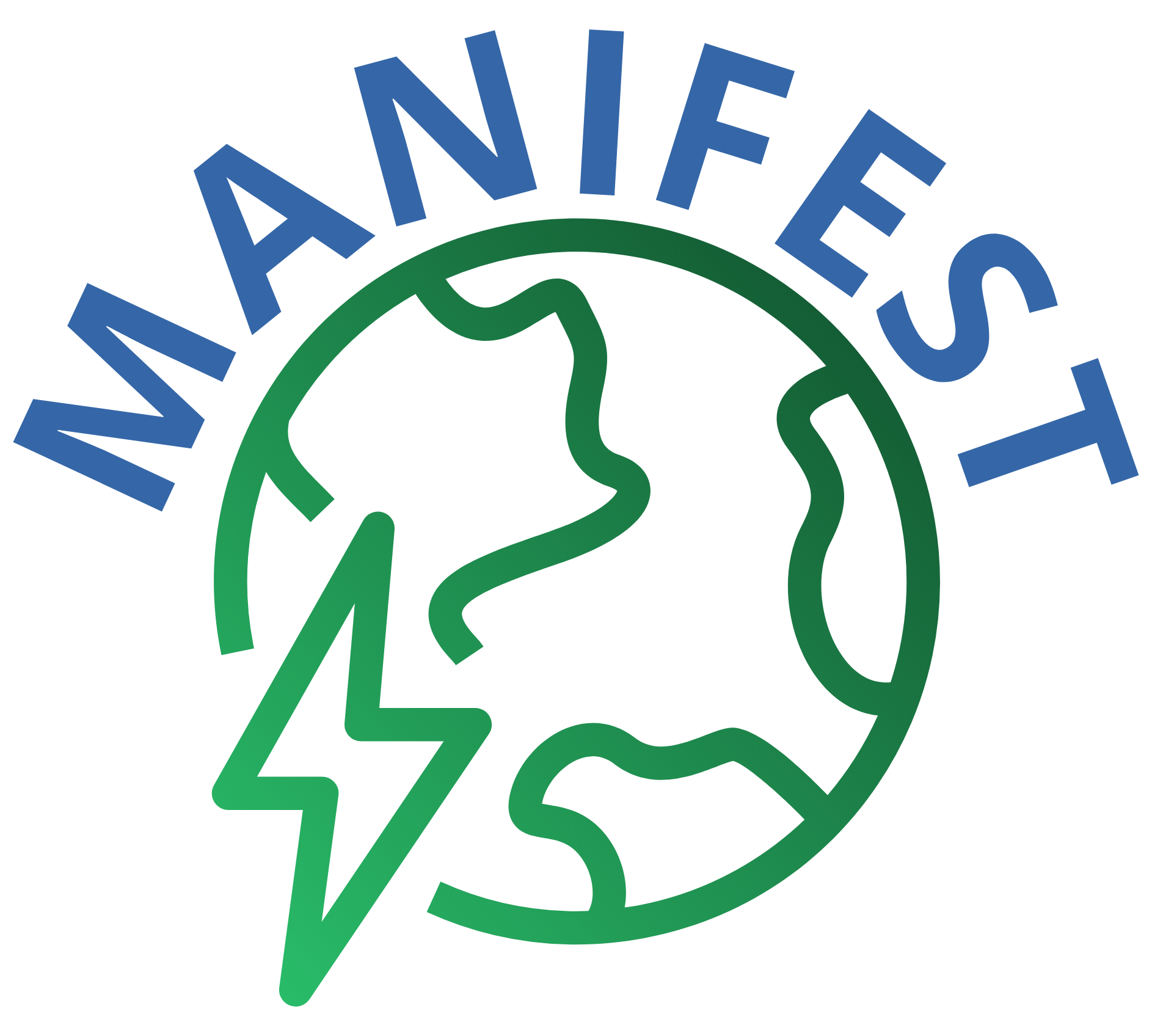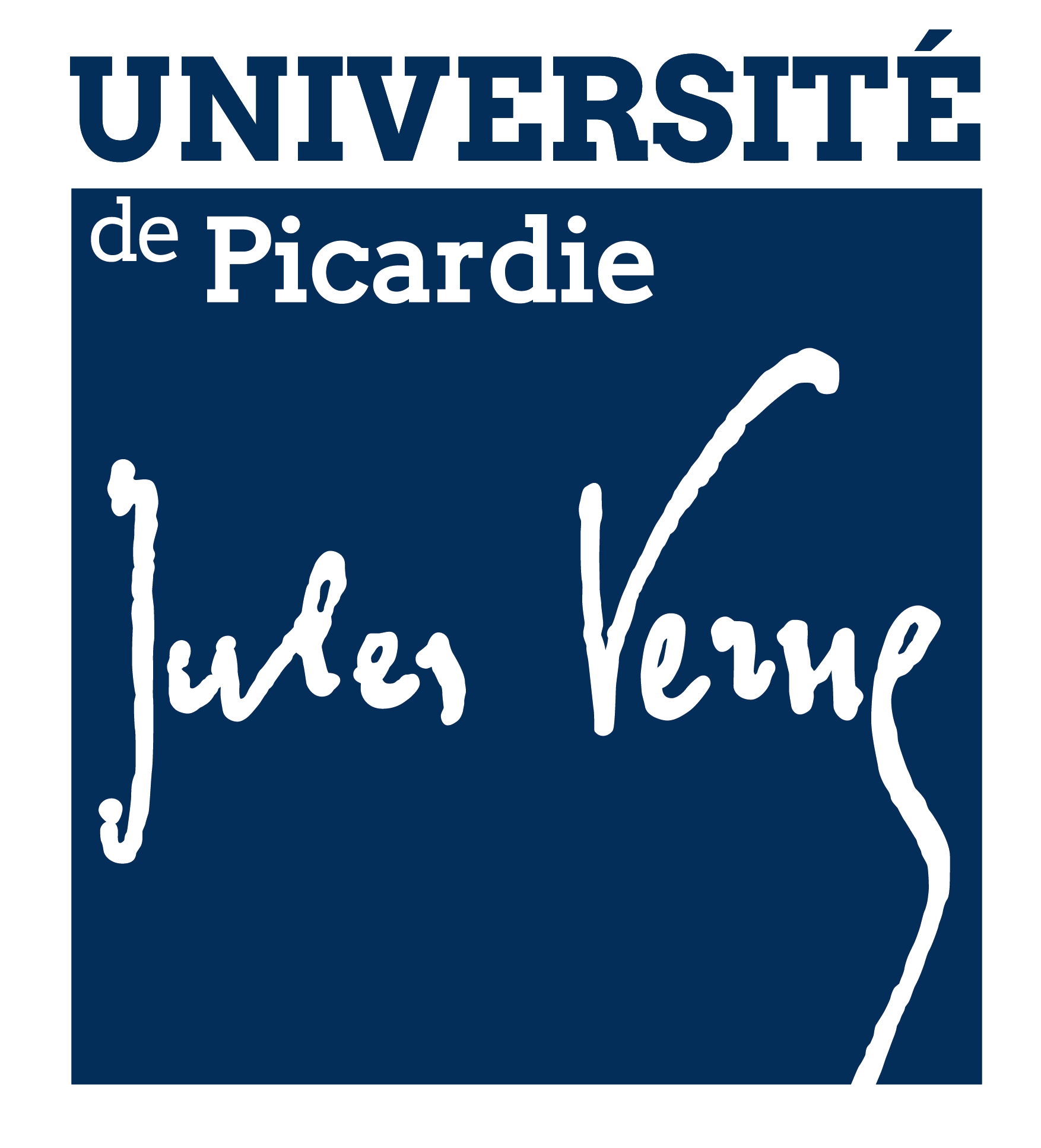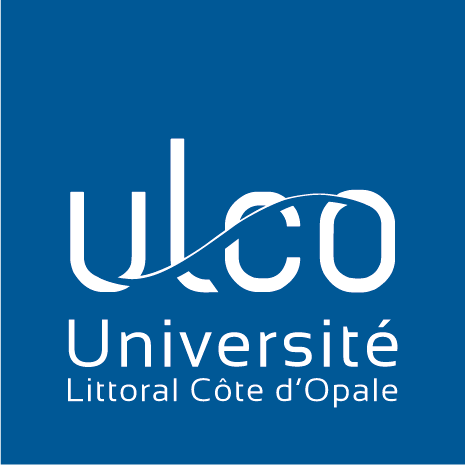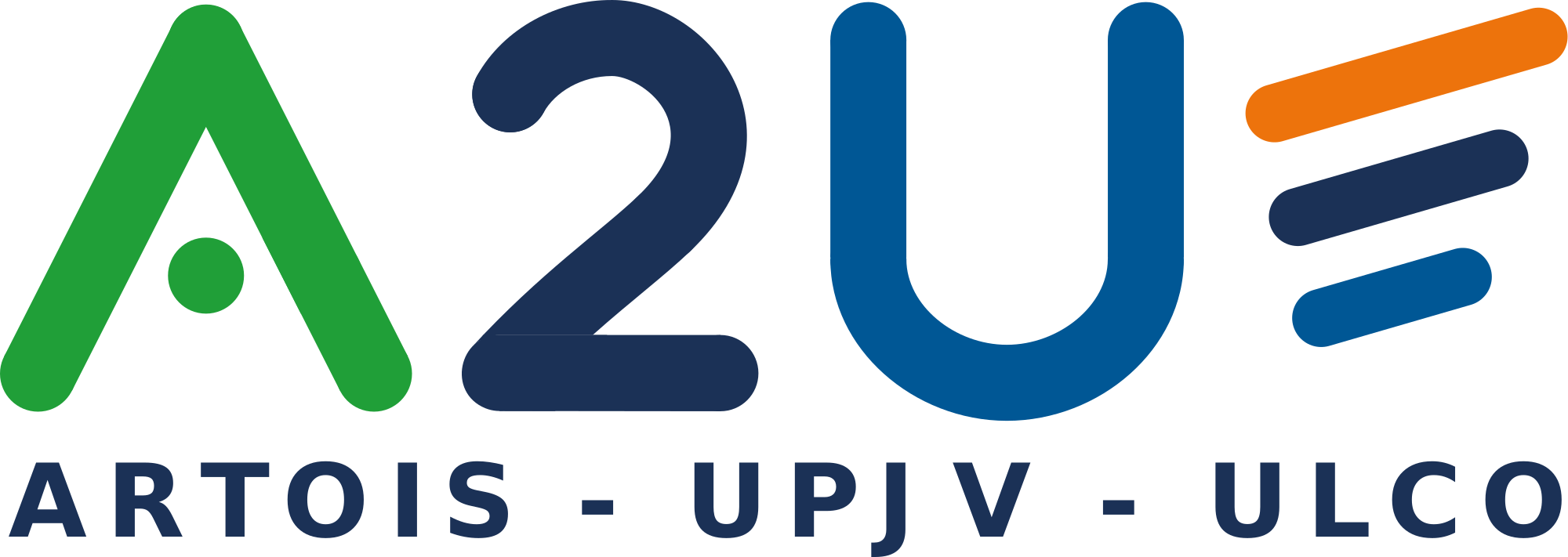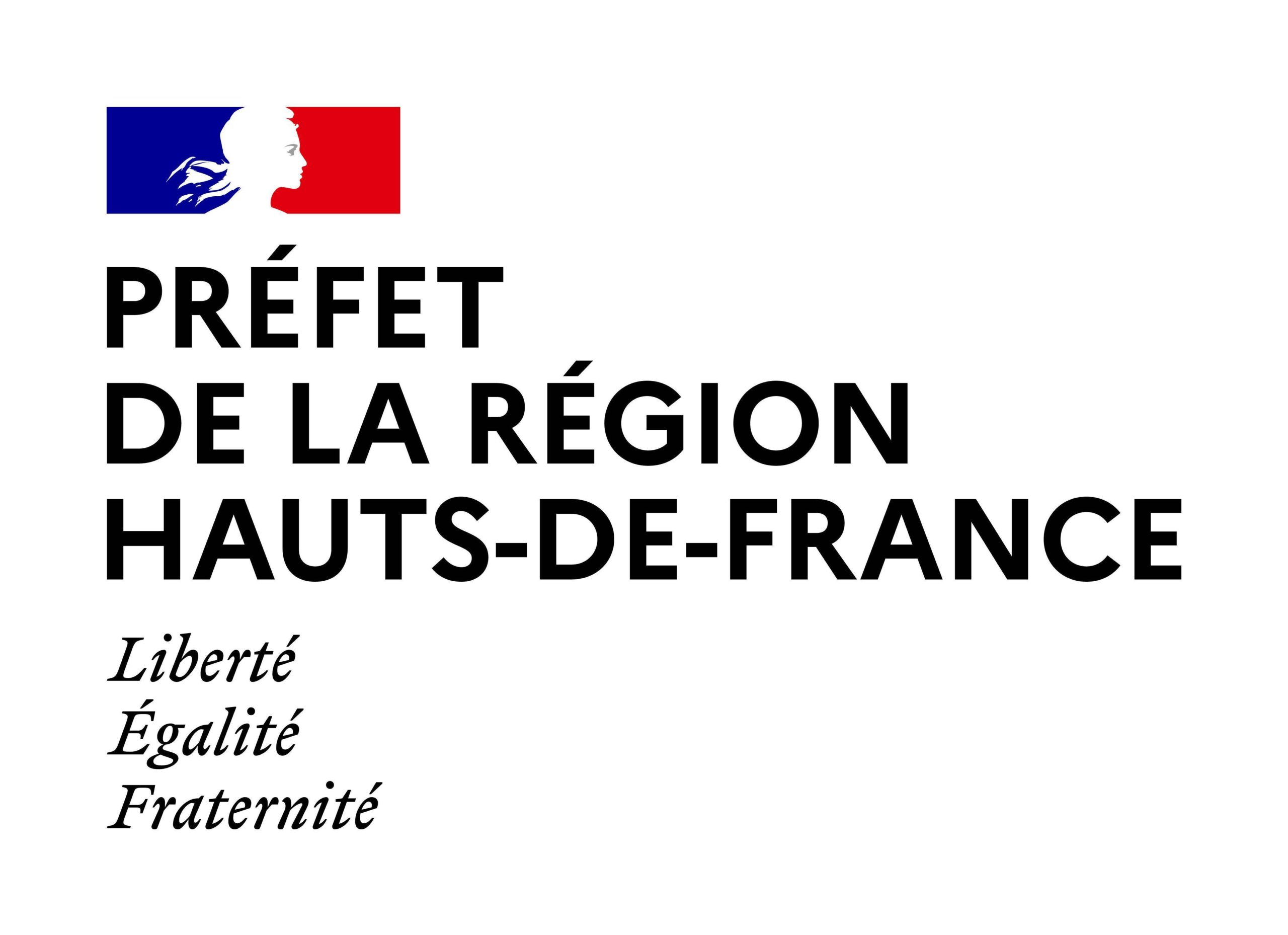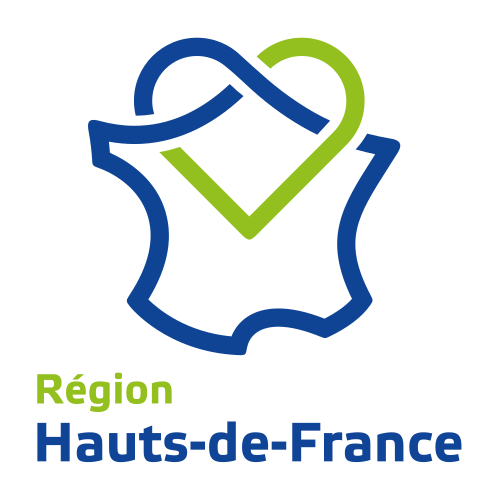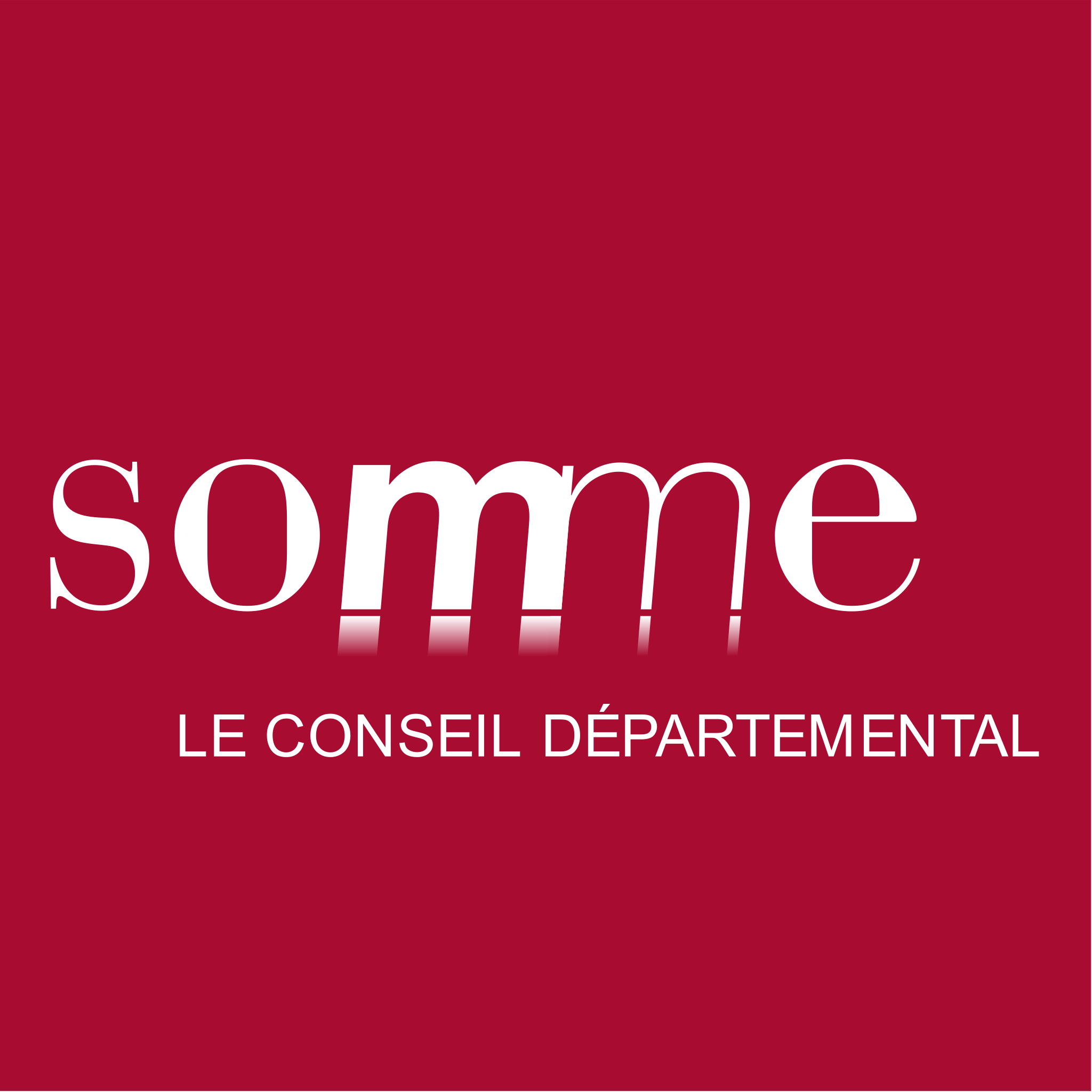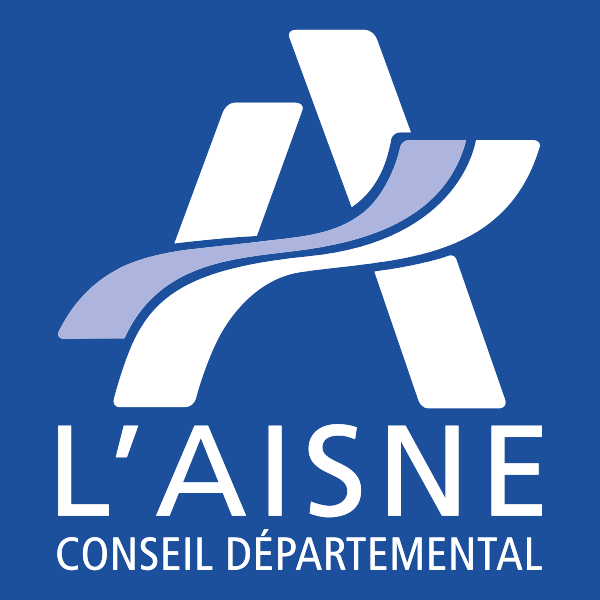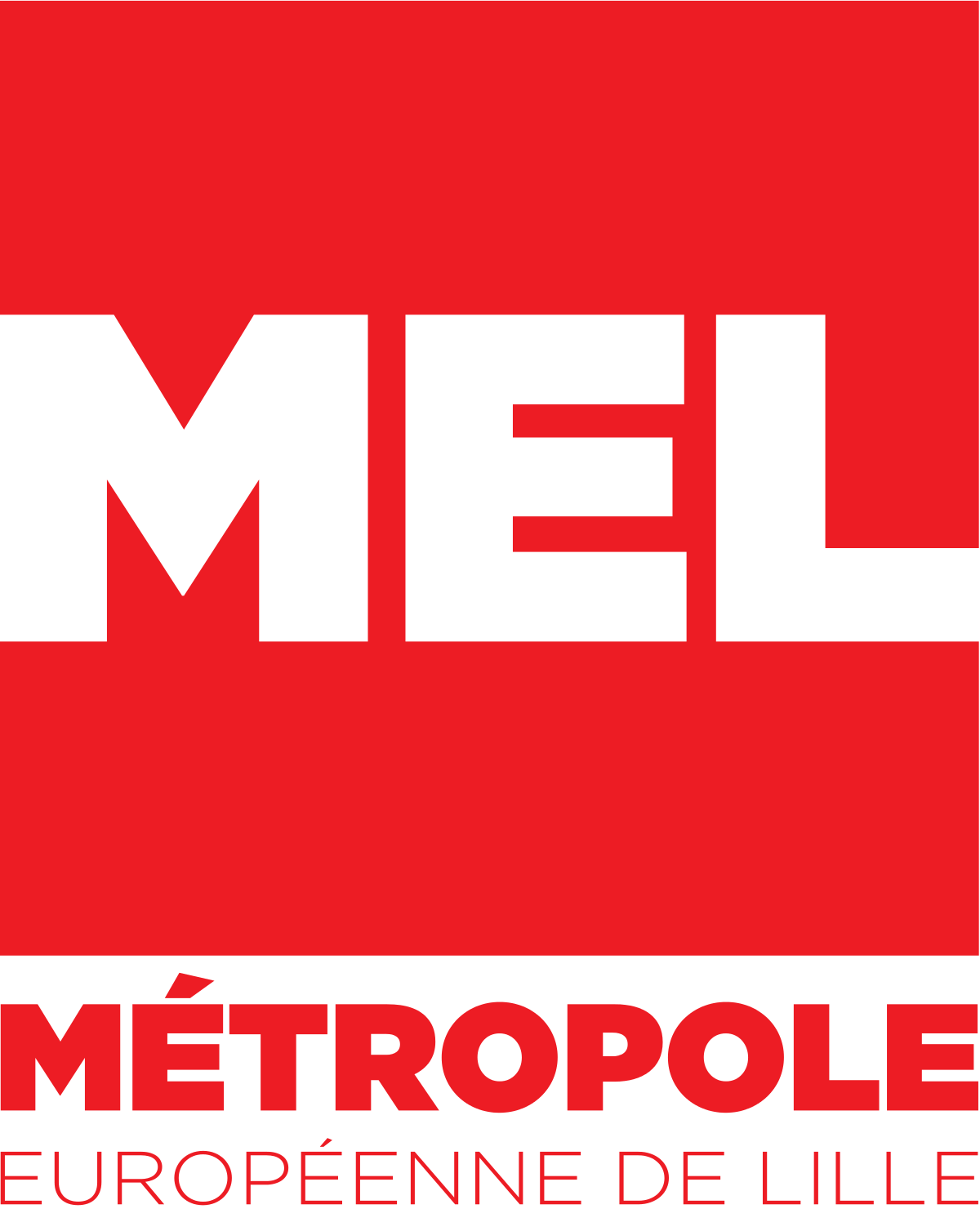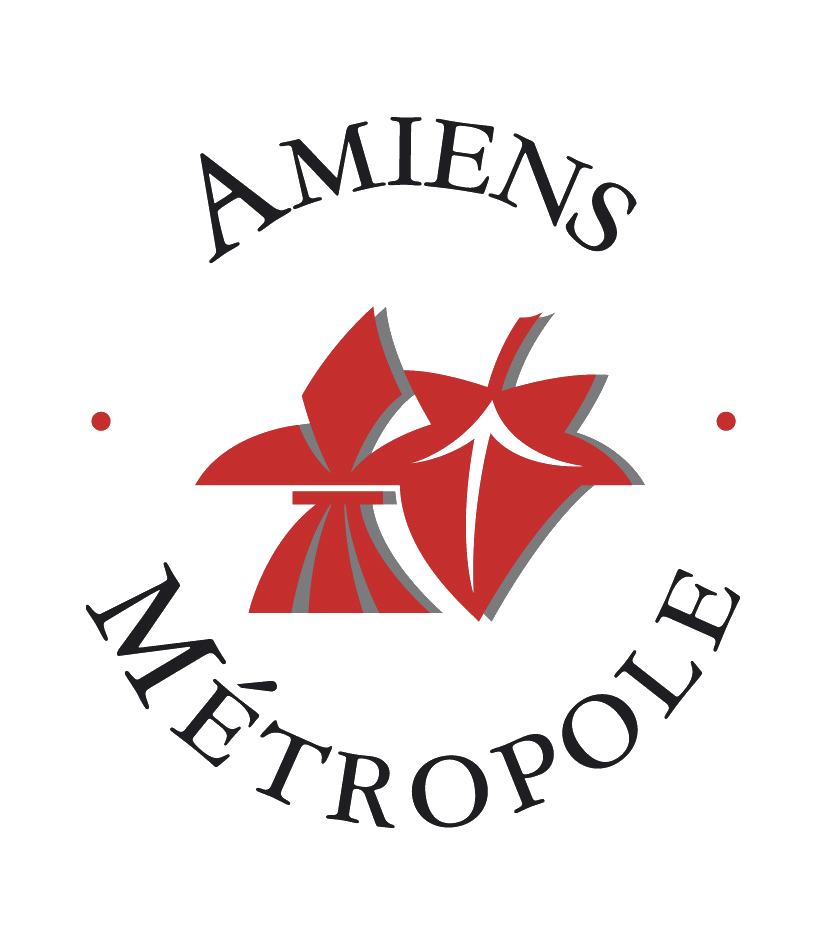The tomograph is the XT H 225 ST from NIKON METROLOGY and works on the principle of generating X-rays. This equipment includes :
- A radiation source :
- Voltage range : 60 – 225 kV
- Tungsten target
- Focal task from 3μm to 7 W
- An XRD 4343CT model detector with the following features :
- an active surface area of 2880×2880 pixels²
- a pixel size of 150 μm
- an acquisition frequency of 15 images per second at full resolution
The samples to be analysed can have a weight of up to 50 kg and a size of up to 24 cm in length and width, with the thickness depending on the density of the material. Acquisition is possible in three modes:
- Circular: object rotates through 360°
- Helical: rotation and translation of the object, significantly improving image quality and resolution for long and thin objects
- Angular: limited rotation of the object (large component)
Application goal
The tomograph is part of the MANIFEST project as a tool for exploring composite materials and components.
The Laboratory of Génie Civil and géo-Environnement (LGCgE) has acquired this equipment to enable the thermal properties (thermal conductivity, thermal capacity) and hygric properties (permeability, effusivity) measured on civil engineering materials to be related to their internal structures, in order to optimise their formulations and manufacture for improved performance. These target properties are those considered in the energy balance of a building. In this field, bio-sourced materials (plant-based concrete, plant or animal wool, recycled cotton) represent a technical solution in line with the 2020 Environmental Regulations, which seek to reduce the environmental impact of a building over its life cycle, while at the same time seeking to make buildings energy-efficient. With this in mind, several of the laboratory’s projects have been aimed at developing plant-based concretes, mineral foams and mineral-plant foams.

The tomograph is also enabling the other laboratories involved in the MANIFEST project to make progress in their own areas of research, such as the Laboratoire de Réactivité et Chimie des Solides (LRCS) for the visualisation of the internal structure of batteries/cells for energy storage.
This equipment was financed as part of the CPER MANIFEST

